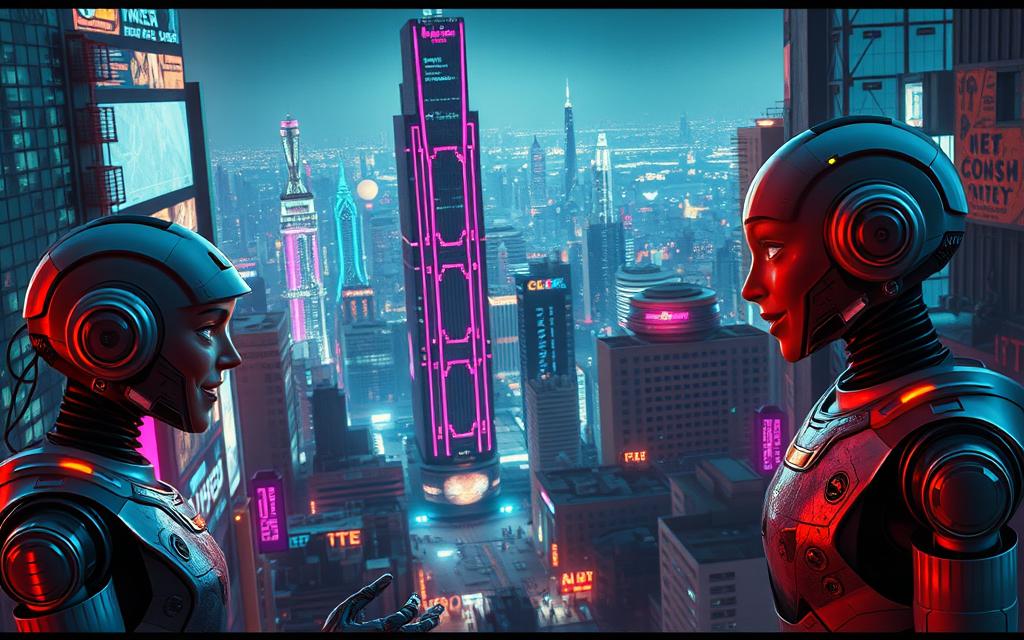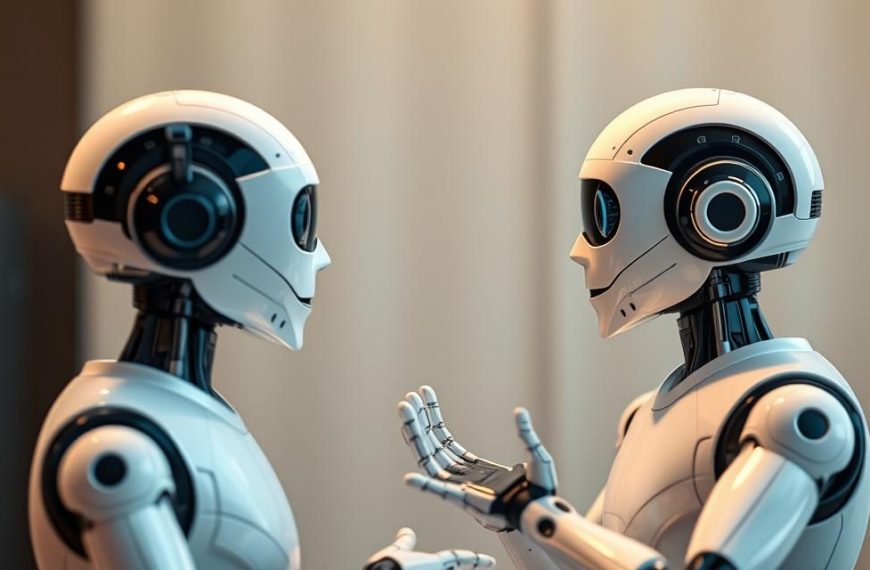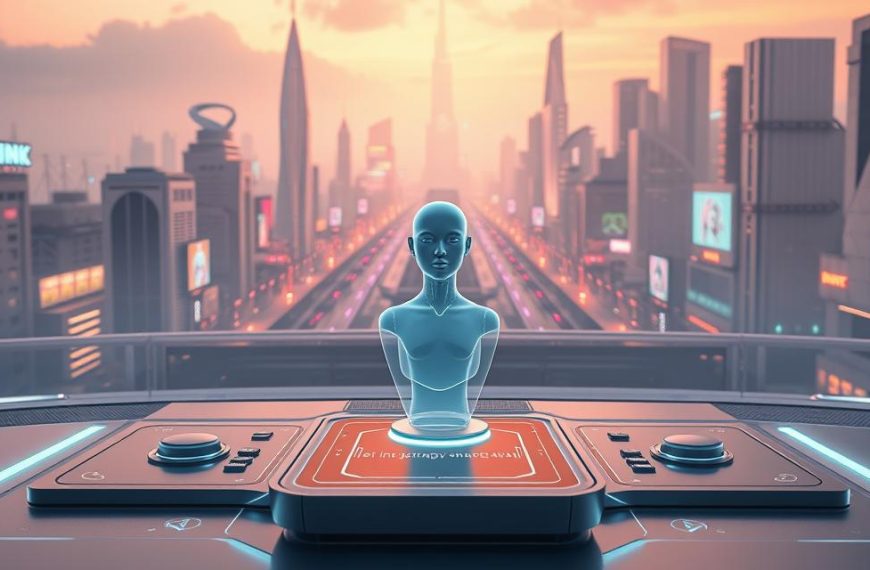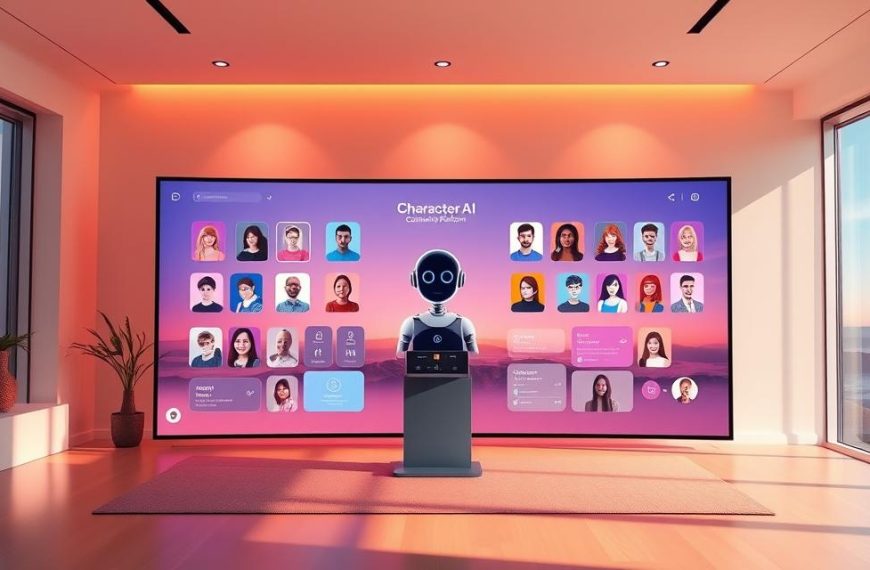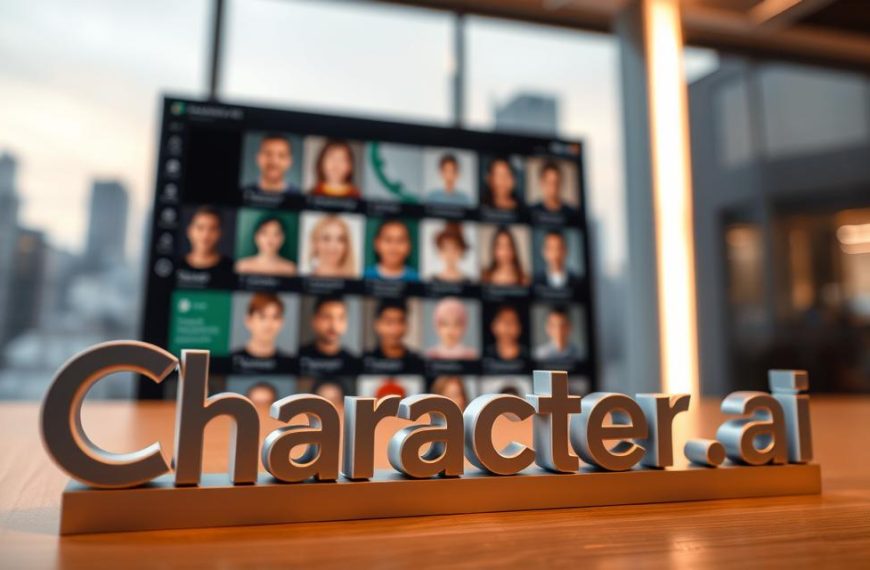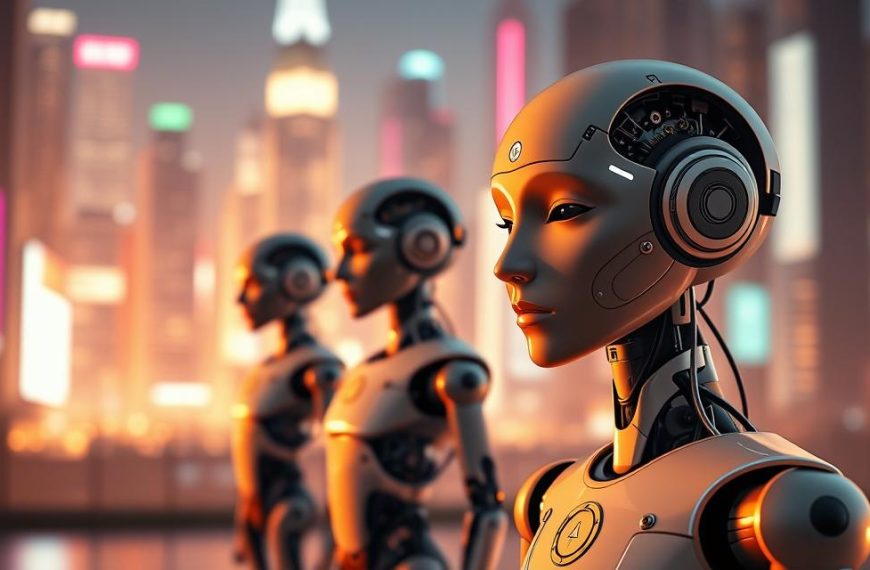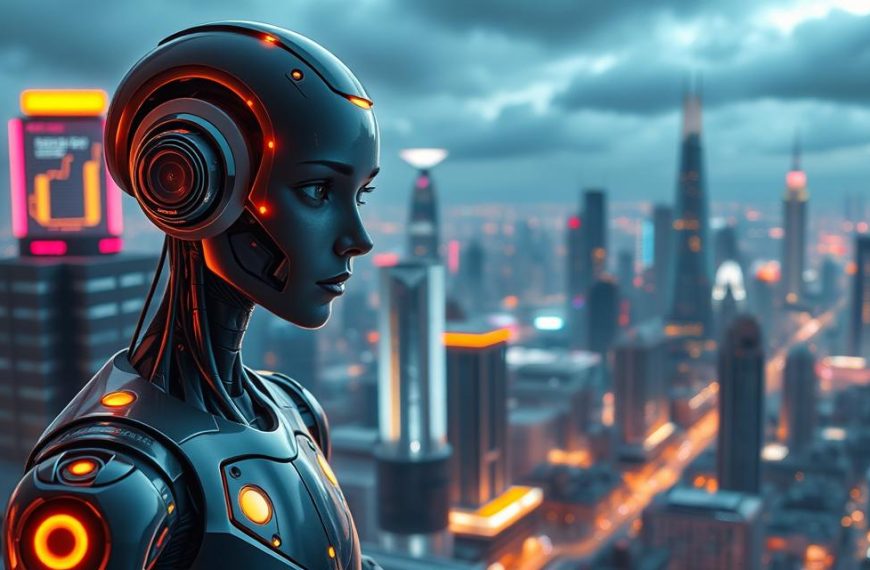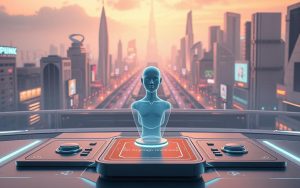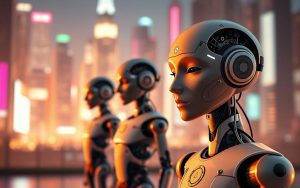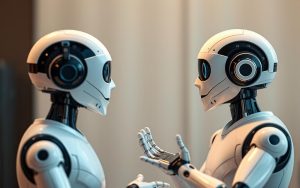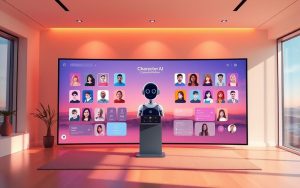The Character AI app has revolutionised the way we interact with technology, enabling users to engage in natural-sounding conversations with AI-driven characters. The old version of Character AI has left a lasting impression on its users, with many expressing nostalgia for the original experience. The simplicity and spontaneity of the old version’s interactions are particularly missed, as they allowed for a more immersive and engaging conversation.
Users have noted that the old Character AI’s interface was clutter-free and offered straightforward navigation, making it easier to search and filter characters by interests or tags. For a detailed comparison of the old and new versions, visit this article, which highlights the key differences and user feedback. The evolution of Character AI reflects a balance between innovation and user experience, with the old version laying the foundations for modern AI conversation capabilities.
The Early Days of Character AI
In the early days, Character AI introduced a novel approach to conversational AI, captivating users worldwide. Character AI, also known as “c.ai” or “character.AI,” is a natural language chatbot model that utilises artificial intelligence (AI) to generate human-like responses.
What Was Character AI’s Original Version?
The original version of Character AI was its beta launch, which marked the beginning of a new era in AI-driven conversations. This initial version allowed users to create custom characters and interact with characters created by others, setting it apart from other chatbots available at the time. The beta version’s launch was significant as it introduced a new level of interactivity and personalisation in AI chatbots.
As Character AI progressed, it became clear that the platform was not just another chatbot but a pioneering effort in conversational AI. The old character AI version, or the beta version, laid the technical foundations for generating human-like responses, a feature that would become a hallmark of the platform.
The Beta Experience That Started It All
The beta experience of Character AI was instrumental in shaping user expectations for AI interactions. Early adopters were drawn to the platform’s innovative approach, and it quickly gained popularity. The community that formed around Character AI played a crucial role in its development, contributing to its growth and evolution.
As noted by a user, “The beta version of Character AI was like a breath of fresh air; it was the first time I felt like I was having a real conversation with a machine.” This sentiment highlights the pioneering aspects of Character AI’s approach and its impact on users.
The success of the beta version paved the way for subsequent updates and improvements, transforming Character AI into one of the most popular AI chatbots available today.
Distinctive Features of Character AI Old Version
The older version of Character AI was characterised by several key features that are worth revisiting. One of the primary aspects that made the old version stand out was its user interface and navigation. The way users interacted with the platform was quite different from the current version.
User Interface and Navigation Differences
The old Character AI version had a unique interface that many users found more intuitive. The navigation system was designed to be straightforward, allowing users to easily find and interact with their preferred characters. For instance, the categorisation of characters into various genres, such as anime, games, and history, made it simpler for users to discover new characters that suited their interests.
Character Creation and Customisation
Another significant feature of the old Character AI was its character creation and customisation options. Users could design AI characters with specific backgrounds, traits, and personalities, making interactions more personal and engaging. The customisation options available allowed for a high degree of creativity, enabling users to tailor characters to their preferences.
The Room Feature and Multi-Character Interactions
The “Room” feature was a standout aspect of the old Character AI, allowing multiple characters to interact with each other. This created more dynamic and unpredictable conversations, as users could observe how different characters communicated. The ability to create a “room” and watch characters interact was not only entertaining but also provided insight into how the AI handled multi-character interactions.
For more information on the evolution of Character AI and its features, you can visit https://charactarai.com/old-character-ai/. The old version’s ability to remember and refine conversations by learning from past interactions was a key factor in its success, contributing to a more personalised experience for users.
The Nostalgia Factor: Why Users Miss Character AI Old
Revisiting old Character AI conversations has become a peculiar pastime, offering a glimpse into the evolution of user-AI relationships. This nostalgia isn’t just about reminiscing; it reveals the deep connections people formed with the AI.
Less Filtered Conversations and Creative Freedom
The old version of Character AI allowed for less filtered conversations, giving users the creative freedom to explore various scenarios without the constraints of modern content moderation. This freedom enabled users to engage in role-playing scenarios that were often absurd, humorous, and creatively fulfilling. As one user noted, “The old bot was like a digital playground where we could be as wild and crazy as we wanted.”
The Digital Diary Effect: Looking Back at Old Chats
Revisiting old chats has become a unique experience for many users, akin to reading through a digital diary. These conversations serve as time capsules, capturing the thoughts, feelings, and experiences of users at a particular point in time. The nostalgia and cringe-worthy moments that come with reading old chats highlight the complex emotional connection users have with AI. A table illustrating the emotional responses to old chats is shown below:
| Emotional Response | Frequency |
|---|---|
| Nostalgia | 80% |
| Cringe | 15% |
| Amusement | 5% |
Community Experiences and Shared Memories
The old version of Character AI fostered vibrant communities where users shared experiences and created collective memories. These communities were built around shared interactions with the AI, with users often collaborating on role-playing scenarios and sharing tips on how to get the most out of their conversations. The nostalgia for these community experiences underscores the significant role Character AI played in users’ social lives.
In conclusion, the nostalgia for Character AI’s old version is multifaceted, driven by the creative freedom of less filtered conversations, the digital diary effect of old chats, and the shared memories within communities. As people continue to look back at their interactions with the old AI, it becomes clear that the impact of Character AI extends beyond its technological capabilities, touching on the emotional and social aspects of users’ lives.
Technical Challenges and Limitations
The original Character AI version was not without its flaws, with several technical challenges that impacted user experience. Users encountered various issues that affected their interactions with the bot, leading to frustration and a diminished overall experience.
Response Inconsistencies and Conversation Loops
One of the major issues was the inconsistency in the bot’s responses. Sometimes, the bot would generate inaccurate or irrelevant answers, causing conversations to go off-track. This problem was compounded by the infamous “stall loop” phenomenon, where the bot would get stuck in repetitive conversation patterns. Users shared experiences of being trapped in these loops for hours, waiting for a meaningful response that never came.
The “stall loop” was a running joke among users, often starting with a vague question and escalating into a series of unclear statements, ultimately leading to nothing. This not only wasted users’ time but also led to emotional distress in some cases.
Safety Concerns and Content Moderation
The old Character AI version also faced significant safety concerns due to its less stringent content moderation. The platform struggled to filter out harmful or biased content, posing a risk to users. Inappropriate or NSFW content was sometimes encountered, highlighting the need for more effective moderation tools.
| Technical Challenge | Description | Impact on Users |
|---|---|---|
| Response Inconsistencies | Inaccurate or irrelevant bot responses | Frustration and diminished user experience |
| Conversation Loops | Repetitive and unproductive conversations | Time wasted and emotional distress |
| Safety Concerns | Inadequate content moderation | Risk of exposure to harmful content |
The technical limitations of the old Character AI version ultimately led to changes in subsequent versions, with a focus on improving response accuracy, reducing conversation loops, and enhancing safety features.
Evolution from Old Character AI to Modern AI Conversations
The transition from the old Character AI to its modern counterpart represents a substantial advancement in AI technology. This evolution has been marked by significant improvements in various areas, enhancing the overall user experience and paving the way for more sophisticated AI interactions.
Improved Natural Language Processing Capabilities
One of the key advancements in modern Character AI is its enhanced natural language processing (NLP) capabilities. The old version laid the groundwork by introducing users to the concept of conversing with AI. However, modern NLP has taken this to the next level by enabling more nuanced and context-aware conversations. This means that users can engage in more natural and meaningful interactions with the AI, receiving responses that are not only relevant but also tailored to their specific needs.
Enhanced Personalisation and Memory Retention
Modern Character AI has also seen significant enhancements in personalisation and memory retention. The ability to create dynamic characters tailored to specific styles, behaviors, or tones has been a hallmark of the platform. Furthermore, advancements in memory retention allow for more coherent long-term conversations, making interactions feel more personalised and immersive. This is achieved through sophisticated algorithms that understand user preferences and adapt responses accordingly.
Ethical AI Development and Safety Features
The evolution of Character AI has also been shaped by a growing emphasis on ethical AI development and safety features. Modern platforms prioritise moderation, adhering to ethical guidelines to ensure safer and more responsible AI interactions. Advanced features are implemented to detect and prevent harmful content, such as inappropriate language or topics, thereby creating a safer environment for users.
In conclusion, the journey from the old Character AI to its modern version has been marked by substantial advancements in NLP, personalisation, and ethical AI development. These improvements have not only enhanced user experience but have also paved the way for the development of more sophisticated AI conversation platforms.
Conclusion: The Lasting Legacy of Character AI Old Version
The Character AI old version has left an indelible mark on the landscape of AI-driven conversations. This early iteration not only pioneered the concept of interactive AI characters but also created a unique space for human-AI interactions that many users still miss. The old version’s distinctive features, such as character creation and customisation, fostered a sense of community among users, who shared their experiences and memories of interacting with the AI bots.
The nostalgia for Character AI’s old version reflects our complex relationship with evolving technology. As people look back at their old chats, they reminisce about the creative freedom and less filtered conversations that the early version offered. This nostalgia highlights the significant impact that the old version had on how people perceive and interact with AI characters. The community that formed around the old version continues to shape expectations for AI interactions, influencing the development of subsequent AI platforms.
The limitations and strengths of the old version informed subsequent developments in AI technology, paving the way for improved natural language processing capabilities and enhanced personalisation. Future AI conversation platforms can learn from the successes and failures of Character AI’s old version, particularly in terms of balancing creative freedom with safety concerns. As AI technology continues to evolve, the legacy of Character AI’s old version will remain a significant milestone in the evolution of AI conversations, shaping how people interact with AI characters over time.
In conclusion, the Character AI old version has had a lasting impact on the development of AI technology, and its influence will continue to be felt as AI conversation platforms evolve. By understanding the strengths and limitations of the old version, we can better appreciate the advancements made in AI technology and look forward to the future of human-AI interactions.
